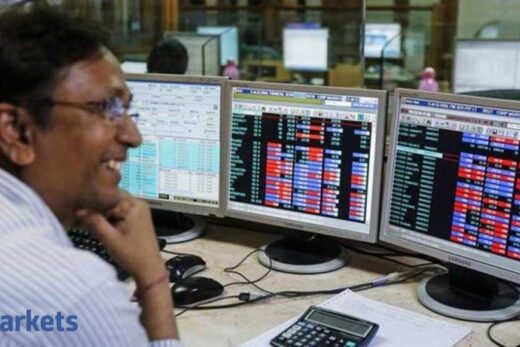US markets continued to witness profit taking mainly because of inflation spooking investors, and Indian indices bore the brunt from the same. While the inflationary worries are definitely looming over us, given the sky-high global commodity prices and rampant liquidity in the system, the situation still seems to be under control at the moment.
Volatility due to inflation fears and uncertainty over the second wave of Covid-19 will continue to keep market participants on their toes in the coming week.
Speaking about inflation, the key factor adding fuel to the fire are metal prices, which have remained unaffected by these pressures and continued to zoom past their multi-year resistance levels. Metal prices, especially those of steel, have been on the rise since the last year when the pandemic hit the shores. Nifty Metal index has delivered over 250% gains from the lows of March 2020, outperforming other sectoral indices throughout.
Global demand continues to remain robust, but production has still not caught up with it. Moreover, China – which has a share of over 50% in the global metal trade – has been focusing on reducing their production activities in line with their goals of carbon neutrality by 2060.
With these production cuts in steel and copper, supply-side constraints will exaggerate further, cataclysmically pushing prices higher. The rise in commodity prices will, therefore, play an instrumental role in inflationary tendencies going forward, but the real question is how long will the rally or ‘so-to-speak super-cycle’ continue.
Given the multiple tailwinds of sturdy demand and production cuts along with P/B ratio of a couple of steel stocks, which had been historically trading over 2.3 times at the top of their cycle, are currently trading around 1.8 times.
Therefore, our best case scenario is that the momentum can still continue for some more time with short-term corrections, and traders can enter on dips and exit at appropriate resistance levels. However, one should avoid fresh investments, as it can turn out to be risky for long-term investors from here on, as stock prices are refusing to go up despite the super-normal profits.
Event of the Week
The April numbers for domestic mutual Funds, as reported by Amfi, showed net inflows into open-ended equity schemes for the second consecutive month. While these numbers showed a drop compared with March, it corroborates the fact that DIIs were net buyers in the equity market to the tune of Rs 11,360 crore in April, which was the highest buying seen since June 2020.
While the inflow trend remains positive, it also means domestic investors continue to invest in equities on every dip and are keeping the market afloat, helping it swim through the hiccups in the near term.
Investors can, therefore, continue to approach market with a long-term perspective rather than respond to index fluctuations.
Technical Outlook
Nifty50 behaved in line with the global indices and closed in the red on a weekly basis. The index failed to retest the immediate resistance level at 15,000, as it faced supply pressure at higher levels. The benchmark index is lacking a directional move after a prolonged rally and is now contained within a consolidation range between 14,400 and 15,000 levels. Bank Nifty and other indices are also forming similar patterns. We maintain a bearish bias on the market for the short term, at least till the immediate resistance levels aren’t taken out.
 ET CONTRIBUTORS
ET CONTRIBUTORS
Expectations for the Week
The market has shown tremendous resilience despite a spike in Covid cases, but sustainability at higher levels seems difficult if the situation worsens. Further, with fear of inflation looming over developed markets, the domestic bourses may adjust to the global indices and remain under pressure in the near term.
Stock-specific volatile movement in response to the quarterly earnings cannot be ruled out at this point in time. Going forward, investors must pay heed to guidance from company managements to pick and choose fundamentally strong stocks.
In the near term, the market correction is likely to continue. Nifty50 closed the week at 14,677, down 0.98%.



